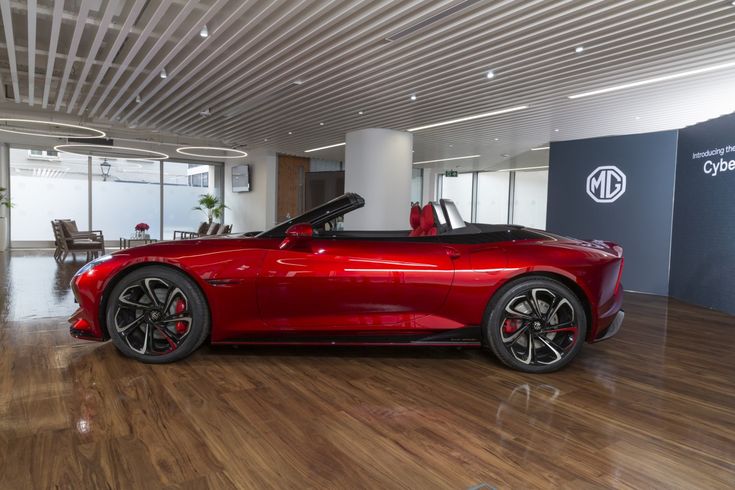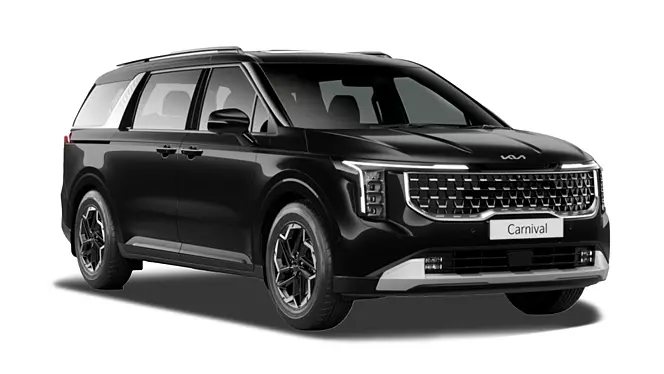In the mid-2000s, Suzuki’s global triumph with the Swift firmly established the brand as a force to be reckoned with in the realm of economical four-wheelers. Bolstered by this accomplishment, Maruti Suzuki, the Indian automaker under Suzuki’s umbrella, set its sights higher. What was their ambition you ask? To tap the luxury car segment with the Maruti Suzuki Kizashi. This endeavour aimed to resonate with a new generation of customers in search of luxury. However, Kizashi’s journey was marked by an array of challenges that ultimately led to its inability to make a lasting impression in the Indian market.
Misalignment with the Indian market
The foremost factor that contributed to Kizashi’s descent into obscurity was the mismatch between the product and the expectations of the Indian audience. Despite being loaded with features like ABS with EBD, ESP, hill assist, and pre-tensioner seat belts, the Indian buyers, at the time, were not prepared to embrace a premium offering from the brand synonymous with affordability.

Kizashi concept at the 2007 Frankfurt Motor Show
Riding solo
Maruti Suzuki chose a relatively conservative path for the Kizashi in a competitive arena populated by the likes of the Honda Accord, Volkswagen Jetta, and Hyundai Sonata. The vehicle was exclusively equipped with a 4-cylinder, 16-valve, 2.4-litre DOHC petrol engine, mated to either a 6-speed manual or a CVT transmission. While this powerplant churned out a respectable 176 bhp and 250 Nm of torque, it lacked diversity. A hybrid was, apparently, too much to ask for in the CBU car.
Recalls and quality woes
Before its Indian debut in 2011, Suzuki grappled with substantial setbacks in the form of recalls. A particularly significant recall was initiated for 5,107 Kizashi units sold internationally due to a safety concern — the glovebox’s propensity to open during crashes, posing a potential hazard to occupants. This unsettling issue cast a long shadow of doubt over prospective buyers. Three years later, another recall was necessitated by complaints of spiderwebs forming in the car’s evaporative canisters. The arachnid intrusions led to excessive negative pressure, causing cracks in the fuel tank. These quality issues significantly tarnished the reputation of the Kizashi.

Pricing puzzle
The automaker also grappled with pricing quandaries when it came to the Kizashi. With an ex-showroom price of ₹16.50 lakh for the manual variant and ₹17.50 lakh for the CVT version (subject to a hefty 105% import duty), the Kizashi was undeniably expensive — bordering on prohibitively so. This pricing became even more conspicuous when juxtaposed with the United States, where the same-spec car could be bought for approximately ₹14 lakh. Ultimately, the Kizashi bowed out of production in 2014.
Verdict
The Maruti Suzuki Kizashi’s lack of market alignment, limited powertrain options, quality issues, and pricing blunders combined to thwart its ambitions in the Indian luxury car segment. While the Kizashi may not have achieved the lasting impact initially envisioned, it remains an integral part of India’s automotive history — a reminder that every venture, regardless of its outcome, contributes to the rich tapestry of the automotive world. As the industry continues to evolve, the lessons drawn from Kizashi’s tale will undoubtedly play a pivotal role in shaping the future of automobiles in India and beyond.















 AutosXP
AutosXP 
 +91 74280 90820
+91 74280 90820


